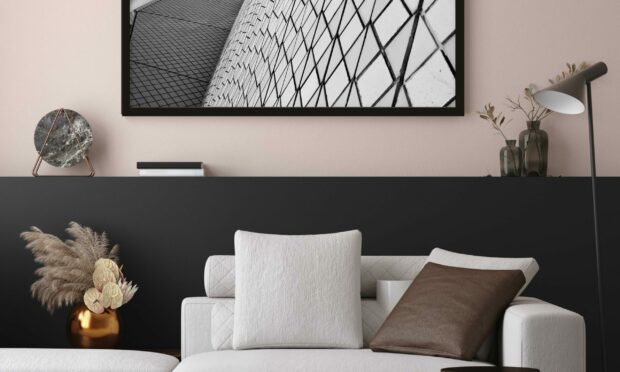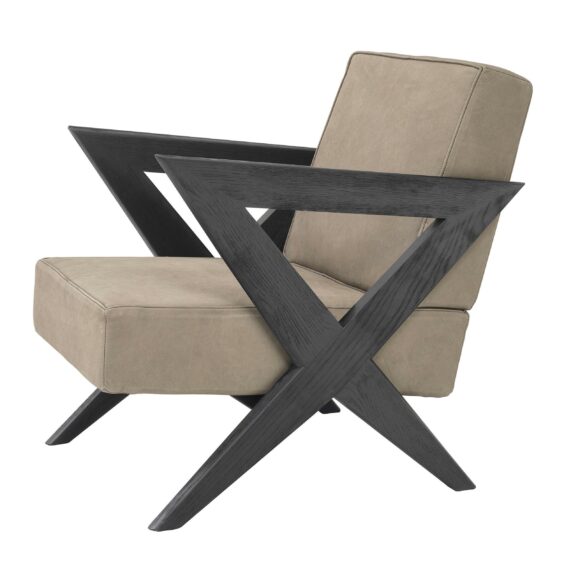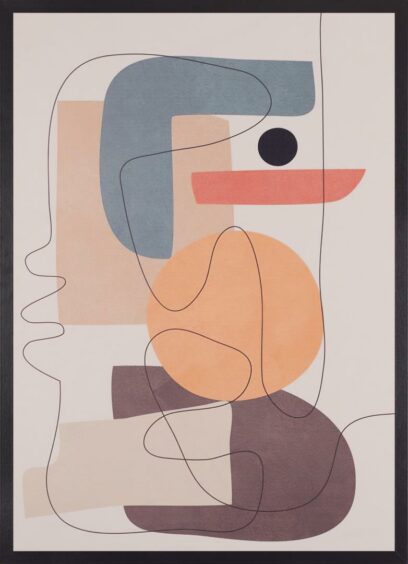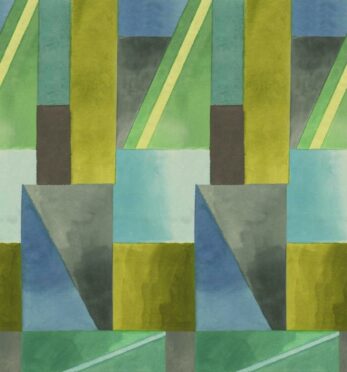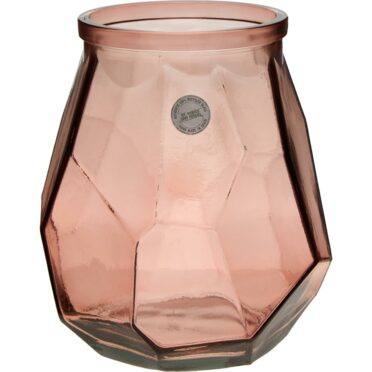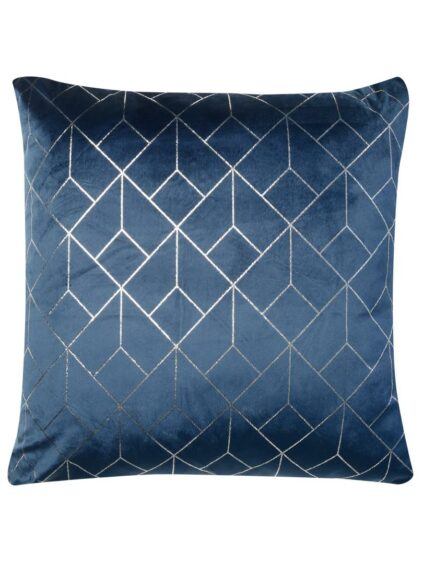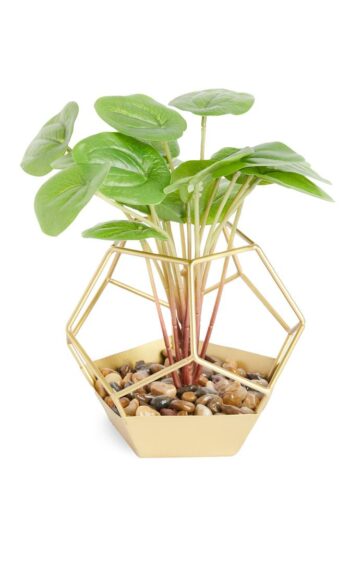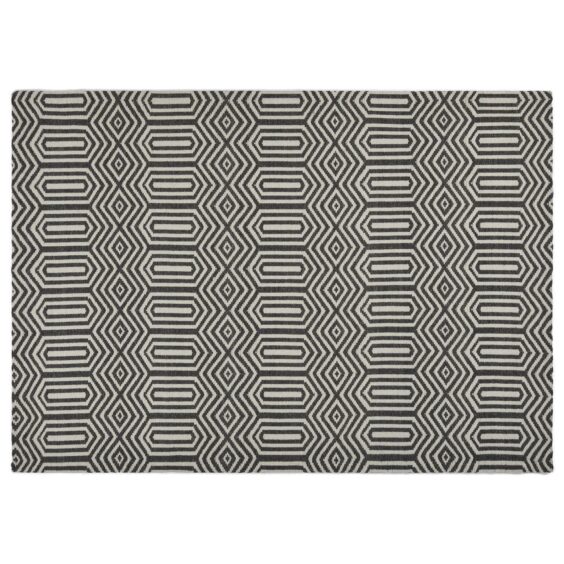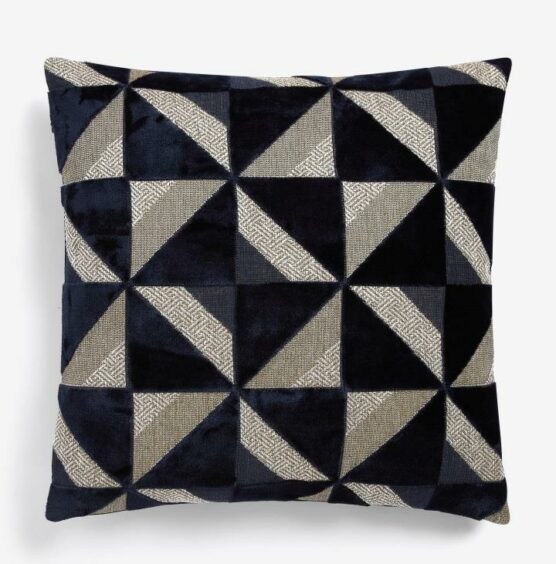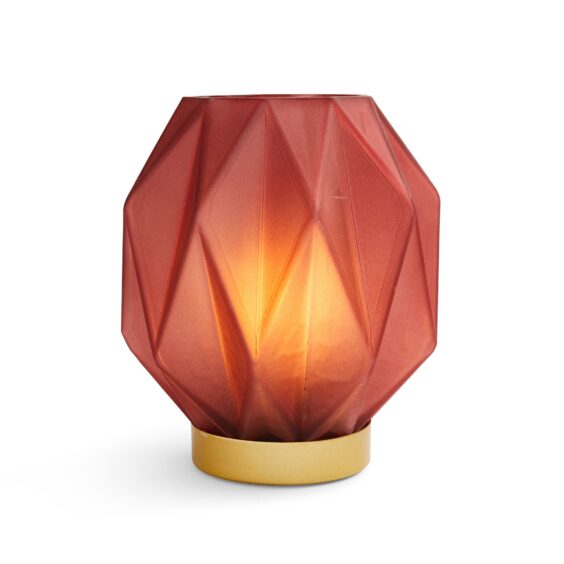Of all the subjects we learn as children, geometry is among the first.
It is the science of shapes, and when we discover that a square wooden peg doesn’t fit into a round hole, that’s geometry.
We learn squares, circles, triangles and rectangles first then graduate to diamonds, parallelograms and trapeziums.
We learn the rules of geometry; that these shapes have boundaries and clean lines and you need tools to draw them – compasses, rulers and protractors.
They are manmade, the opposite of the organic forms of florals.
Given this information, it’s easy to start to see what geometrics might bring to an interior design scheme. They can bring order, simplicity and balance. They can help establish symmetry and therefore harmony.
When to use geometric designs?
Geometrics are a bit bossy, they are logic versus airy fairy nonsense. They can be, dare we say it, rather masculine.
For all their simplicity, they are powerful and need to be kept under control. A repeating geometric pattern, say in a rug, is eye-catching, but too much of it can be well, too much.
When decorating a room, we often think about colour and texture, but not so much about shape – and getting to grips with geometry in design is truly next level.
Considering the shape and proportions of the room itself, and not just its contents, is straying into architectural territory and your scheme could be all the more polished and coherent as a result.
In show homes for example, the palette is typically pale and neutral, but not boring. That is often because attention has been paid to the shape of things. An elliptical coffee table here or a triangular armrest there, can elevate the most tame of interiors.
Our top geometric picks:
